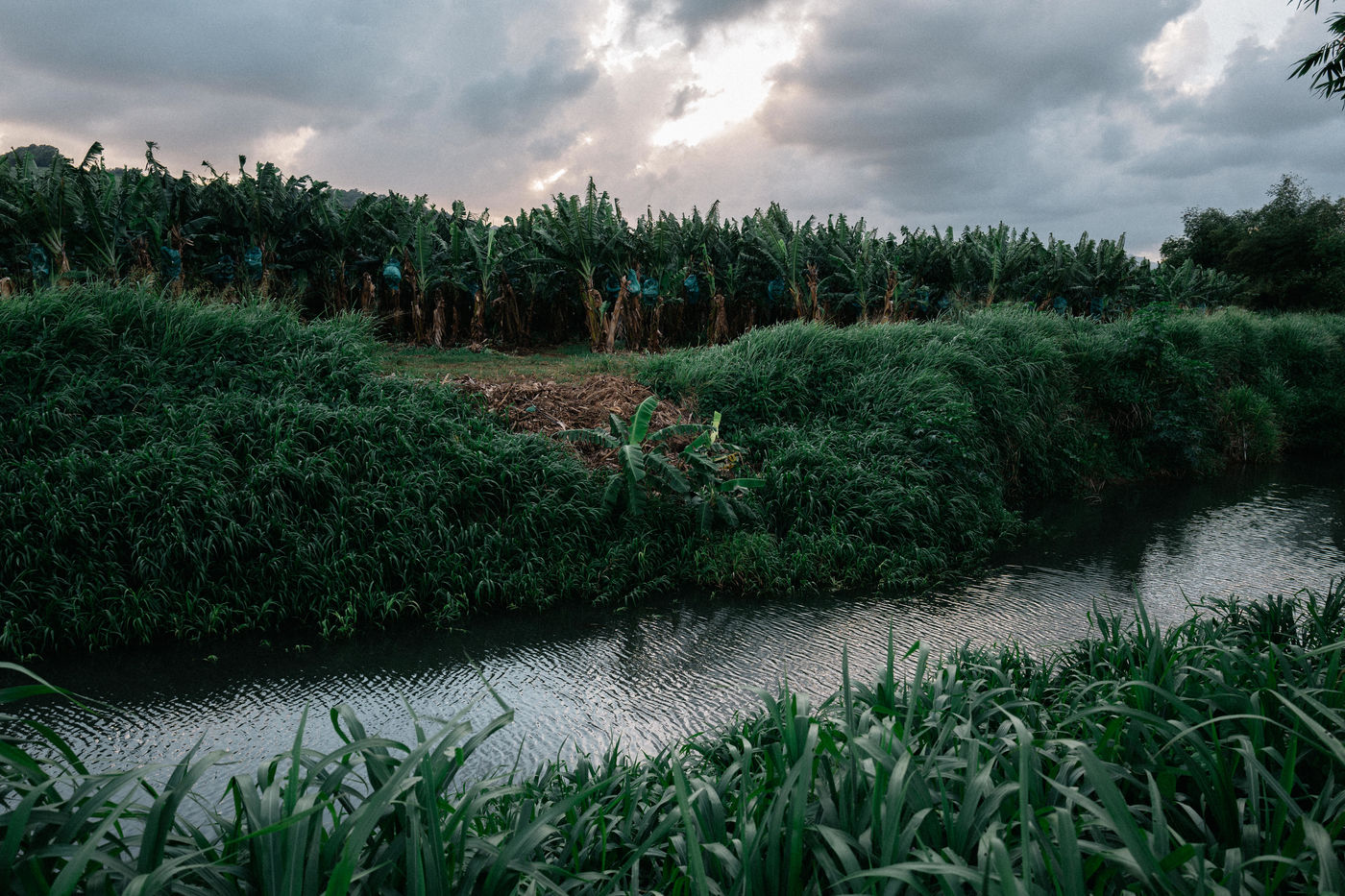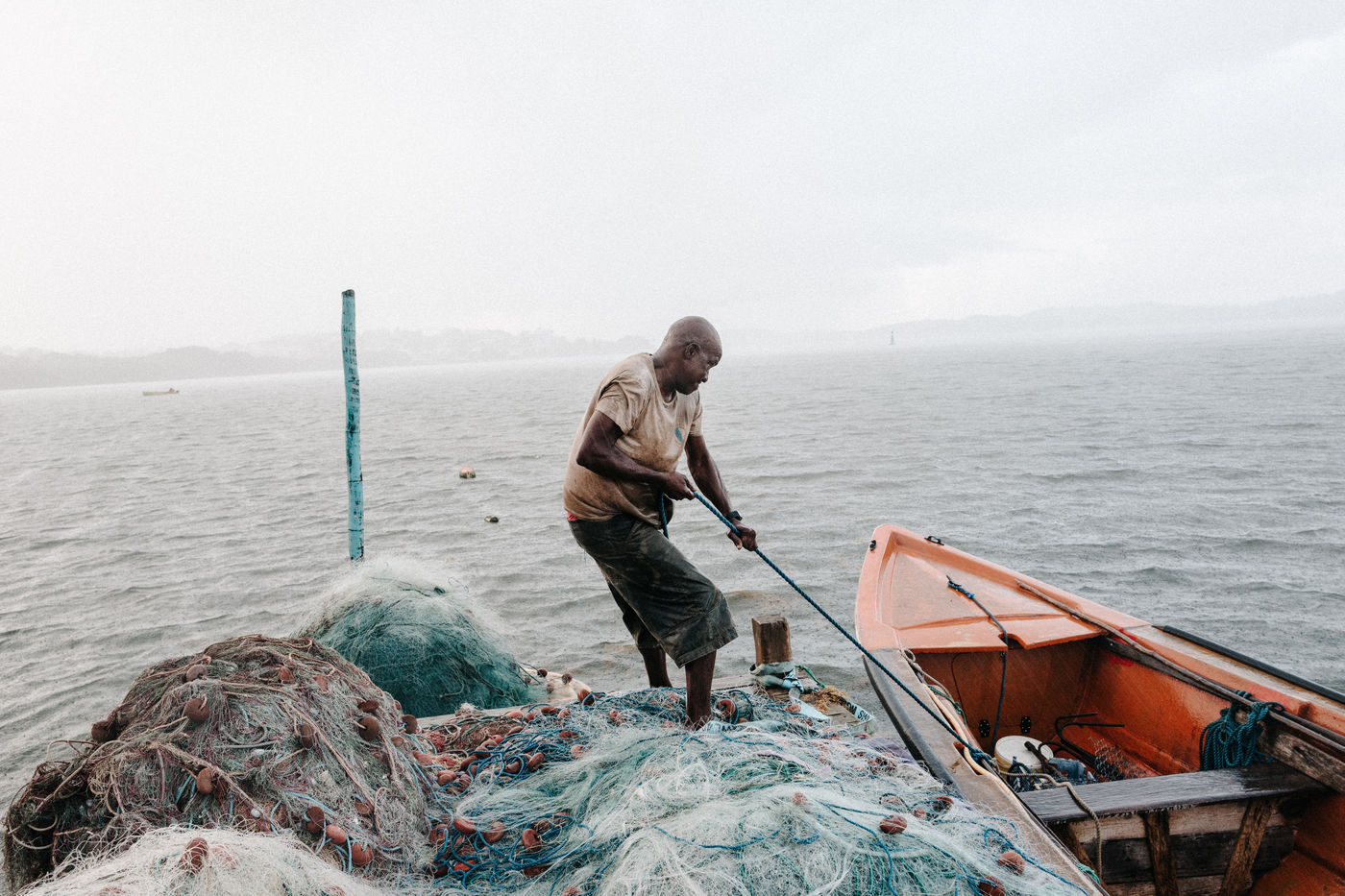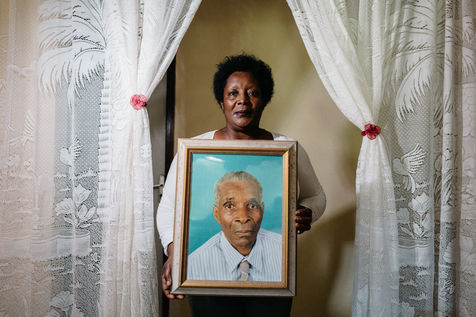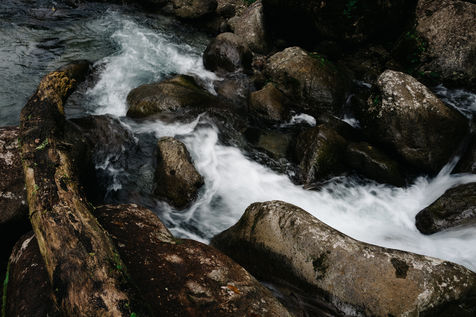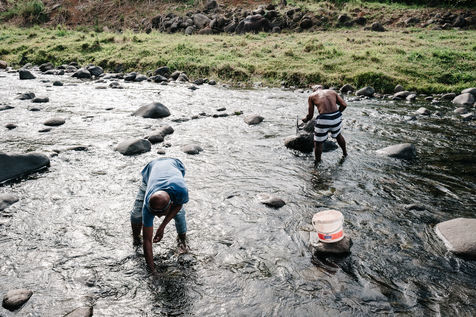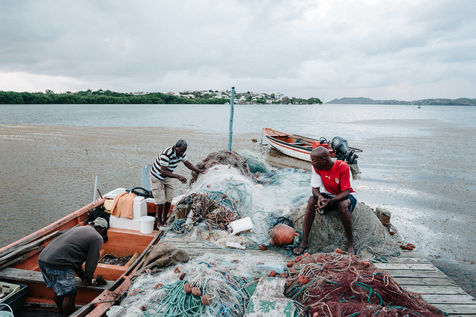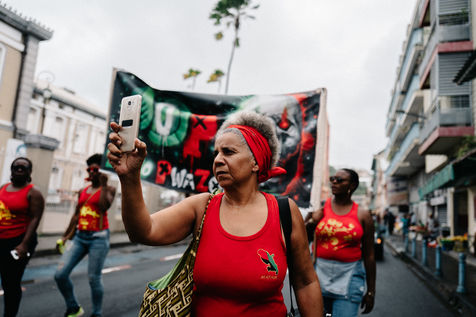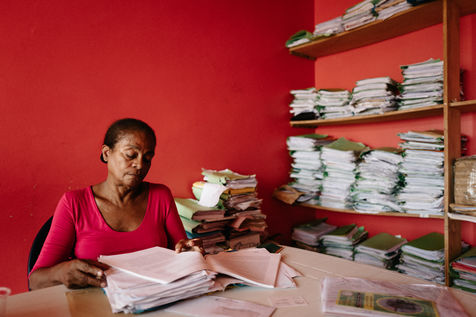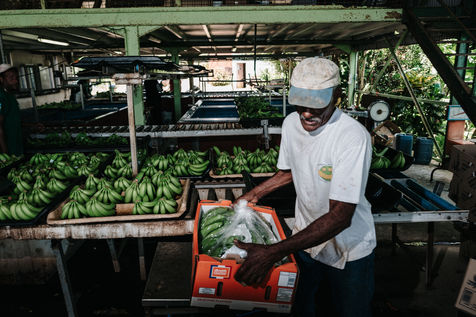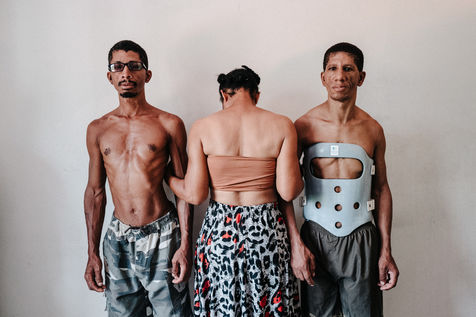Chlordécone : la mort silencieuse
FR :
92% des martiniquais, 95% des guadeloupéens sont contaminés.
Aux Antilles, il est ancré au plus profond des corps mais reste tabou. Le chlordécone est un pesticide organochloré toxique et un perturbateur endocrinien utilisé dans les plantations de bananiers des années 1970 à 2000 bien qu'officiellement interdit en 1993 aux Antilles françaises. Interdit aux Etats-Unis dès 1977 à cause d'un accident grave dans une usine de Virginie en 1975, les Antilles vont être l'un des seuls endroits au monde où il sera utilisé pour combattre le charançon dans les bananeraies bien que reconnu comme toxique et cancérigène par certaines études. L'Etat français ne remettra pas en cause son utilisation. Les sols, les rivières sont aujourd'hui contaminés pour les 600 prochaines années rendant certains nourritures toxiques pour la santé notamment les légumes-racines et tubercules. La pêche est interdite en rivière et sur certaines zones côtières. Malgré tout en 2018, 10% des poissons vendus en étal étaient hors normes sanitaires concernant le taux de chlordécone.
La génération d'ouvriers agricoles utilisant le pesticide (Képone, Kurlone,...) décède de multiples maladies dont le cancer de la prostate reconnu comme une maladie liée au chlordécone. La Martinique présentant d'ailleurs le taux de cancer de la prostate le plus élevé au monde !
La nouvelle génération n'est pas en reste, les femmes enceintes ayant été en contact du chlordécone donnent naissance à des prématurés, des enfants souffrant de troubles cognitifs voir de handicaps, des études ont montré l'effet sur le quotient intellectuel et les facultés motrices des nouveaux-nés. Certains docteurs alertent également sur les cas d'endométriose particulièrement sévère aux Antilles par rapport à la métropole.
Aujourd'hui, les associations, médecins, syndicats d'ouvriers agricoles et collectifs se battent pour que l'Etat reconnaisse avoir autorisé un produit qu'il savait toxique et cancérigène, indemnise les victimes, propose une solution pour décontaminer les sols et les rivières et protéger les générations futures. C'est un scandale sanitaire national.
ENG:
92% of Martinique and 95% of Guadeloupe are contaminated.
In the West Indies, it is anchored deep within the body but remains taboo. Chlordecone is a toxic organochlorine pesticide and endocrine disruptor used in banana plantations from the 1970s to 2000, although it was officially banned in 1993 in the French West Indies. Banned in the United States as early as 1977 due to a serious accident in a Virginia plant in 1975, the West Indies will be one of the only places in the world where it will be used to fight the weevil in banana plantations although recognized as toxic and carcinogenic by some studies. The French state will not question its use. Soils and rivers are now contaminated for the next 600 years, making certain foods toxic to health, particularly root and tuber vegetables. Fishing is forbidden in rivers and certain coastal areas. Nevertheless, in 2018, 10% of the fish sold in stalls were outside the health standards concerning the level of chlordecone.
The generation of farm workers using the pesticide (Képone, Kurlone,...) died of multiple diseases including prostate cancer recognized as a disease related to chlordecone. Martinique has the highest rate of prostate cancer in the world!
The new generation is not to be outdone, pregnant women who have been in contact with chlordecone give birth to premature babies, children suffering from cognitive disorders or even disabilities, studies have shown the effect on the intellectual quotient and motor skills of newborns. Some doctors also warn of cases of endometriosis, which is particularly severe in the West Indies compared to metropolitan France.
Today, associations, doctors, agricultural workers' unions and collectives are fighting for the state to acknowledge having authorised a product that it knew was toxic and carcinogenic, compensate the victims, propose a solution to decontaminate the soil and rivers and protect future generations. This is a national health scandal.
Chlordecone : silent death
92% of Martinicans, 95% of Guadeloupeans are infected.
In the West Indies, it is anchored in the deepest part of the body but remains taboo. Chlordecone is a toxic organochlorine pesticide and endocrine disruptor used in banana plantations from 1970 to 2000, although it was officially banned in 1993 in the French West Indies. Banned in the United States in 1977 due to a serious accident in a Virginia plant, the West Indies will be one of the only places in the world where it will be used to fight weevils in banana plantations, although recognized as toxic and carcinogenic by some studies. The Toxics Board would never register it (only under a different name a decade later) and the Department of Agriculture would still authorize it in 1972. In 1979, the molecule joined the category of potentially carcinogenic products, established by the International Agency for Research on Cancer, in the service of the World Health Organization. The French State will not question its use. Soils and rivers are now contaminated, making food toxic to health for the next 600 years.
The generation of farm workers using chlordecone dies from multiple diseases including prostate cancer known as a chlordecone-related disease. Martinique has the highest rate of prostate cancer in the world!
The new generation is not to be outdone, pregnant women who have been in contact with chlordecone give birth to premature babies, children suffering from cognitive disorders or even disabilities. This is a national health scandal.
Today, associations, doctors, agricultural workers' unions and collectives are fighting for the State to acknowledge that it has authorized a product that it knew was toxic and carcinogenic, to compensate the victims and to propose a solution to decontaminate the soil and rivers.













